History of the 220th Aviation Company–1969 Overview
by Gene Wilson
Updated 19 March 2015
The new year had a bleak start as 1LT Hugh McNeil Byrd, Jr. and 1Lt Kevin O´Brien, 108th Artillery AO, were downed near Khe Sanh on 9 January and are still carried as MIA.
On 11 February, MAJ Wisby passed command of the Company to MAJ Edward H. Miler, former S1 of the 212th Combat Support Aviation Battalion in Da Nang.
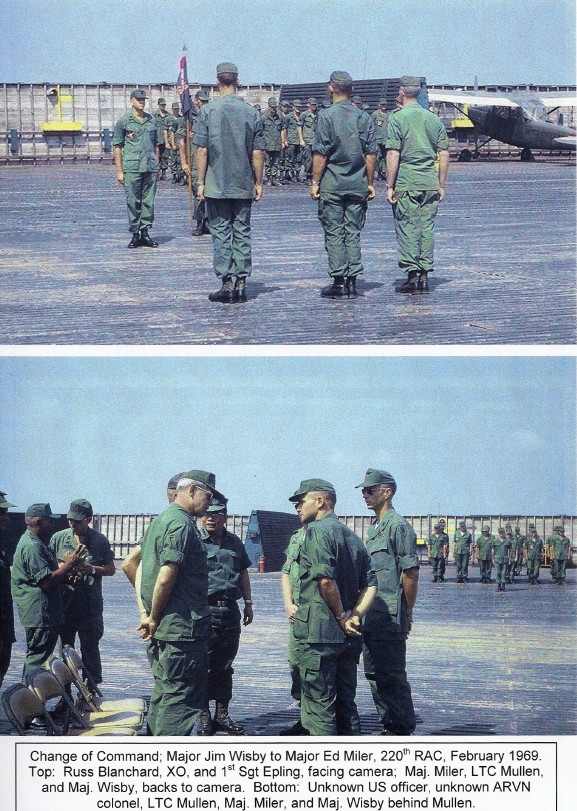
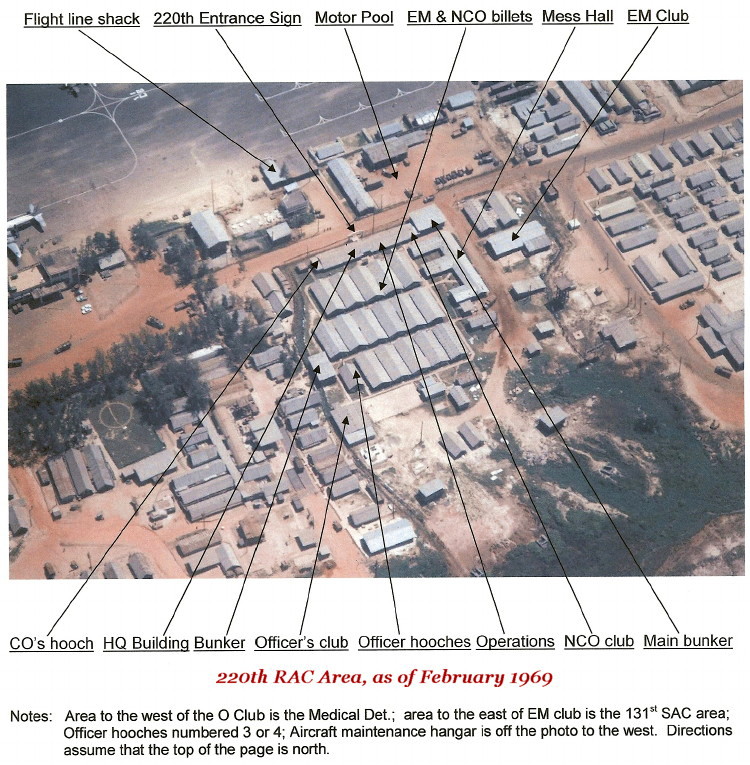
On 15 March, Marine Corps Bulletin 1650 announced the award of the Presidential Unit Citation (Navy) to the 1st Marine Division and its supporting US Army and other units, which included the 220th Aviation Company (less 4th Platoon), for the period 29 March 1966 through 30 June 1967.
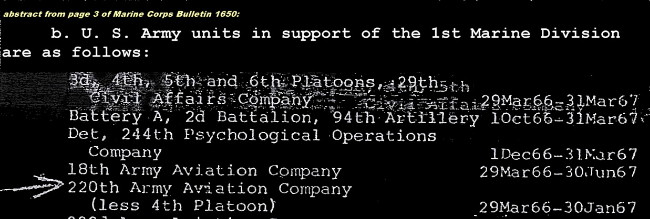
In the April issue of the 1st Aviation Brigade HAWK magazine, the following article was published:
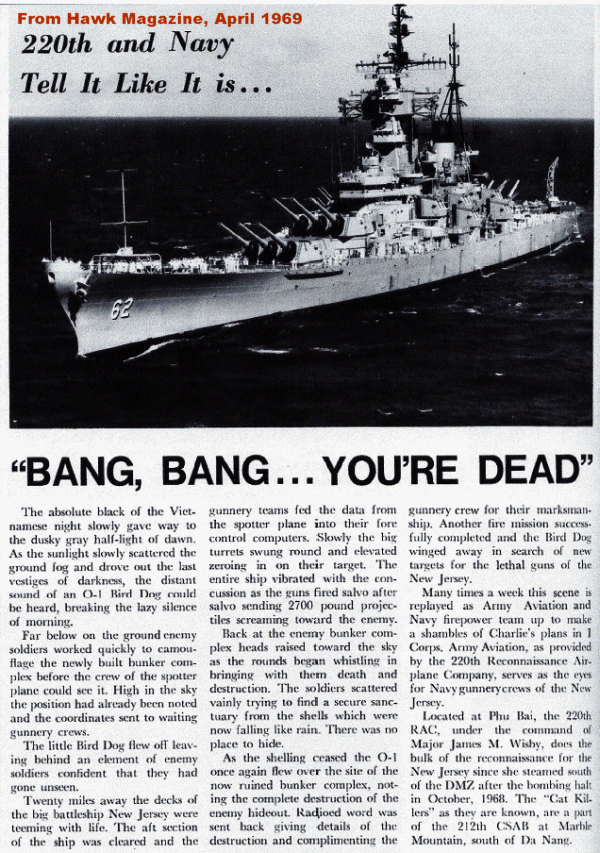
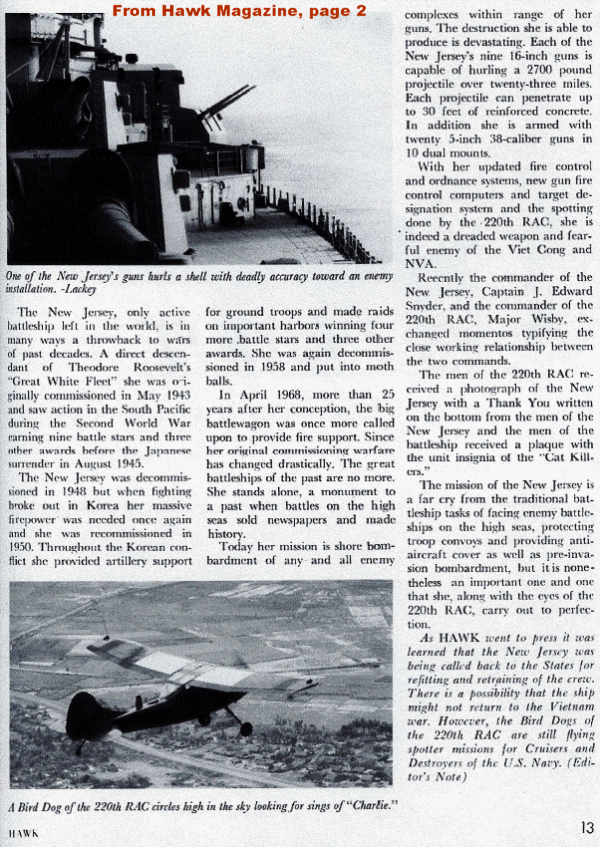
On 12 May the Company was redesignated as the 220th Aviation Company (Utility). By the end of the year all references to this appear to have "gone away." We remained the 220th Reconnaissance Airplane Company [actually the 220th Aviation Company (RAC)] as far as everyone in I Corps was concerned.

However, we have found the answers to most of our questions in this regard in the Office of the Center of Military History. In the records maintained by Department of the Army, the 220th Aviation Company (SAL) went through several MTOE changes as a SAL before this change in the parenthetical designation to (Utility). The Reconnaissance Airplane Company or (RAC) designation appears to have been a "Vietnam" only identifying designation when the Mohawk units were designated as Surveillance Airplane Company, (SAC), which raised a conflict in the identity of units. Later on, the 131st Aviation Company, a former neighboring OV-1 unit at Phu Bai, was also redesignated again as a Military Intelligence Company.
NOTE: As we all know, the 220th was, and had been, doing much more than surveillance (SAL) and/or simply reconnaissance (RAC) since it entered the I Corps Tactical Zone in 1965. When the III MAF put Marine Aerial Observers in our back seats, we very quickly became a Forward Air Controller team, at least as far as the 1st Marine Air Wing and Navy carrier based aircraft were concerned. Then in 1966 the Air Force also learned that we could join them as equals as FACs for Air Force aircraft. And then, with a totally new mission in March 1967 taking us into the DMZ and also north of the Ben Hai River into North Vietnam, our 4th Platoon ventured into airspace where no Army O-1 had gone before. In January 1968 the 1st Platoon moved from Quang Ngai to Phu Bai and immediately joined the 4th Platoon in the DMZ and Tally Ho mission out of Dong Ha.With the Army´s 108th Field Artillery Group guns just south of the DMZ for counter-battery fire into and north of the DMZ, the 3rd Marine Division and the Army´s elements of the 1st Brigade, 5th Mechanized Infantry Division on the ground along with the Navy guns from off-shore and the air power of the Air Force, Navy and Marines, the combined efforts of the 1st and 4th Platoon in Quang Tri Province, in fact all platoons of the 220th Aviation Company (Utility), were recognized as Jacks-Of-All-Trades and Masters of All. How much more "Utility" could we be?
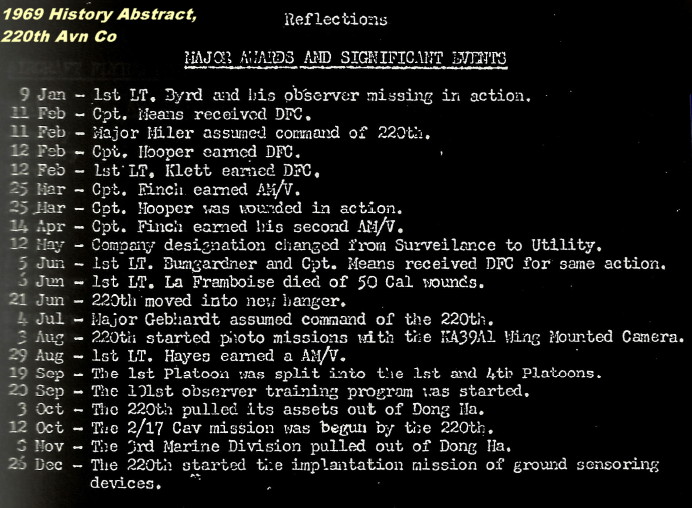
On 6 June 1LT Michael S. LaFrombosie, USMC AO, was KIA while on a mission with the 1st Platoon in the DMZ.NOTE: I mentioned the book A HUNDRED FEET OVER HELL in the 1968 Overview. Since it is centered on the activities and personal experiences of the 1st Platoon in its DMZ / Tally Ho mission during June 1968—June 1969, it is worthy of being noted again. There is little that I can add to all that is written in this book—one must read it to grasp the feeling for the "rest of the story."
Here is another newspaper (unidentified) article [with quotes by Quinton "Andy" Anderson, Morris R. "Rich" Buster and Glenn Strange in the 220th Operations) also telling it as it is.]
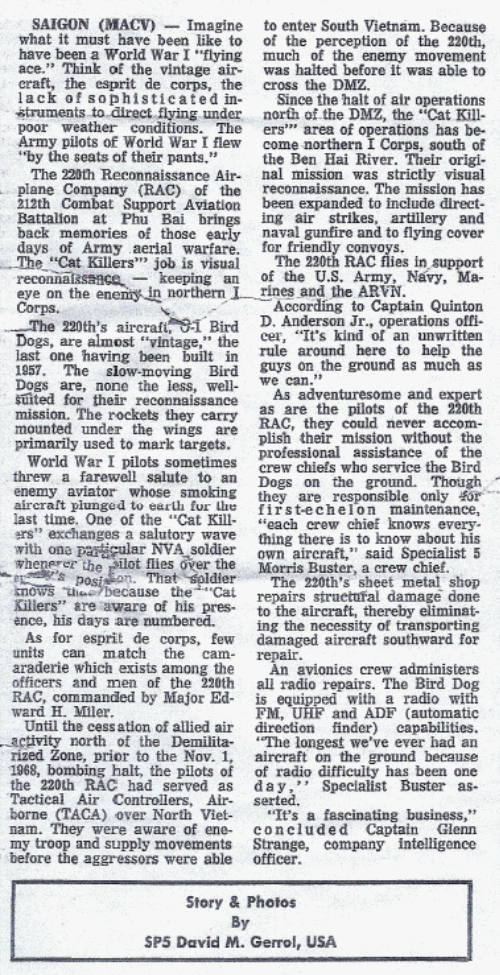
Ed Miler´s booklet of photos of his memories as the Commanding Officer of the 220th is also worthy of more than a passing glance for anyone who might like to see a bit more of Ed´s time with the "Catkillers" of I Corps and the DMZ.
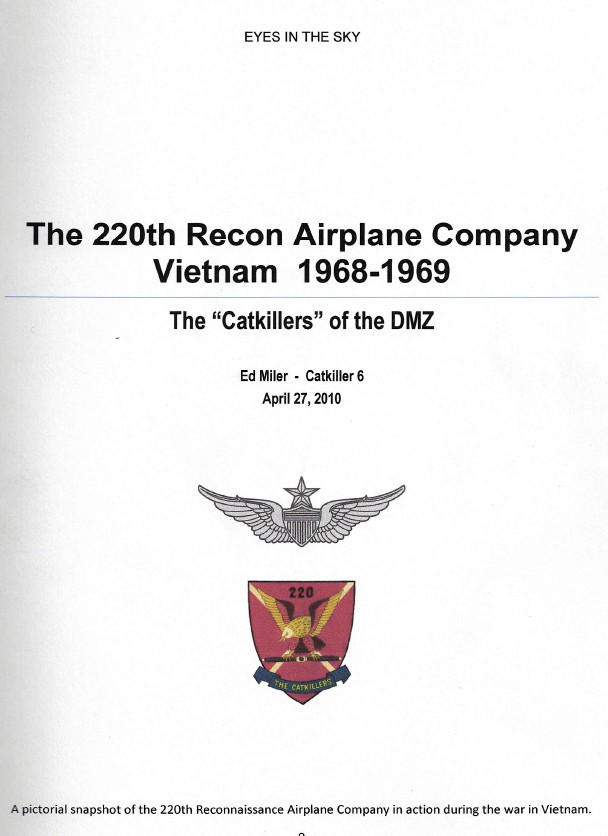
On 4 July MAJ Miler, on his way to the Command and General Staff College at Fort Leavenworth, KS, passed the command of the Company to MAJ Raymond G. "Gene" Gebhardt. [NOTE: From Gene´s son, Kurt, I learned that Gene´s first tour in Vietnam was with a helicopter unit. He came to the 220th from a Mohawk unit (one of the OV-1 companies in the 212th Combat Aviation Battalion in Da Nang?) on his second tour. Kurt also related that his father enjoyed his fixed wing assignments much more than he did in his rotary wing experiences.]
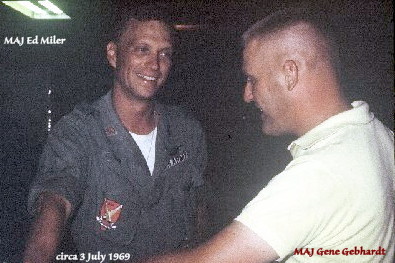
On 3 August MAJ Gebhardt initiated the use of the KA39A1 Cameras to enhance the efforts to gather intelligence.
On 19 September there was once again a move to facilitate the command and control of the 220th assets in Quang Tri Province, this time by reallocating and dispersing the assets of the 1st Platoon in the process of reactivating the 4th Platoon for their joint mission in support of the 3rd Marine Division and the 108th Field Artillery.
On 20 September, CPT Paul Brennan, 3rd Plt Ldr, began a training program for 101st Airborne Division Aerial Observers which produced great dividends for pilot-observer teams of the 220th and the 101st.
Then on 3 October the 3rd Marine Division began its pull-out of the Dong Ha Base and all 220th assets were pulled back to Phu Bai while maintaining support of all the remaining forces in Quang Tri Province.
On 12 October the 220th and the 2/17th Cavalry Squadron joined forces as four Cavalry helicopter pilots worked as Aerial Observers with the 220th with Aerial Rocket Artillery (4/77th ARA, 101st Airborne Division Artillery) on call. The use of Aerial Rocket Artillery and Cavalry AH-1Gs were used in attacking targets into November.NOTE: Here provided are copies of 17th Cavalry and 4/77th ARA unit insignia—we also have 2/17th Troop(s) and 4/77th Battery(ies) unit patches, if they can be identified as part of this mutual operation.
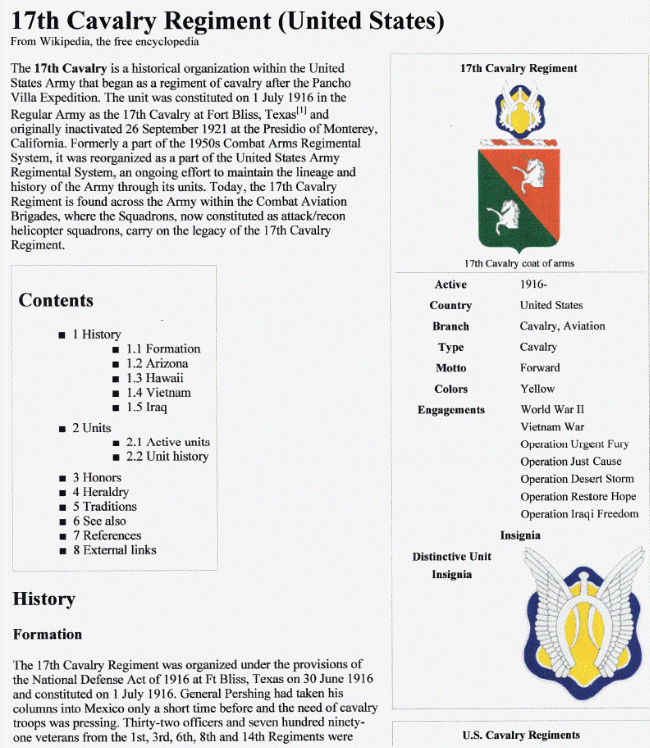
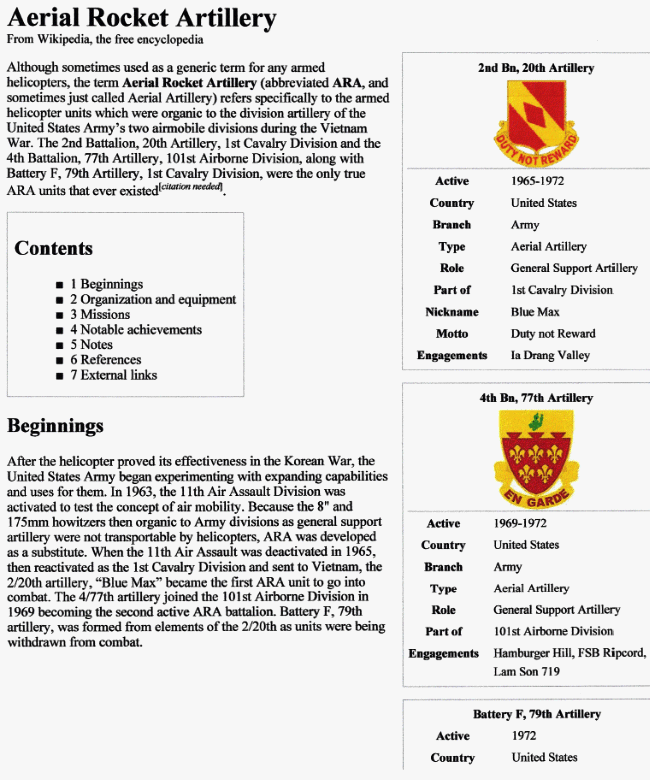
At some time during this period the 59th Signal Detachment replaced the 231st Signal Detachment in support of the 220th. (Does anyone know what happened to the 231st?)
By 8 November all of the 3rd Marine Division assets were out of Dong Ha.
On 26 December the mission of Implantation of Ground Sensors by aerial delivery was begun by the 220th.
During this year there were 20,186 sorties flown by four platoons and the Company Headquarters for a total of 22,723 hours.




